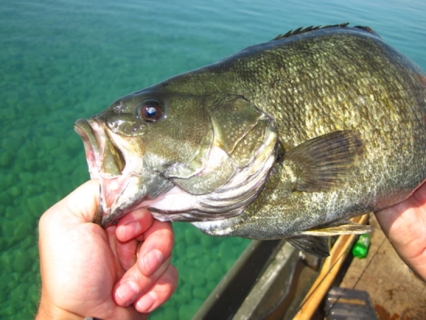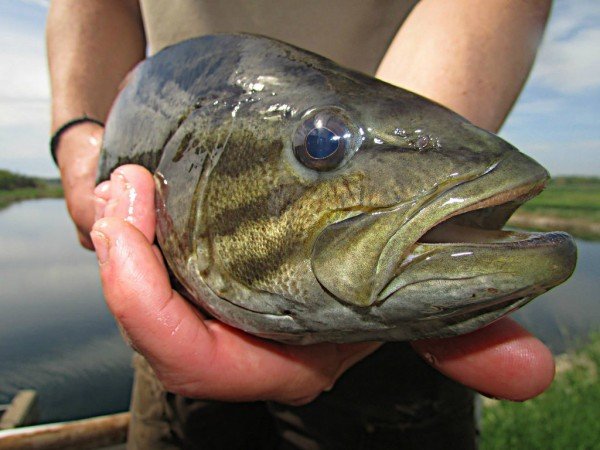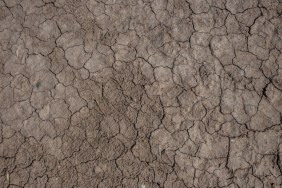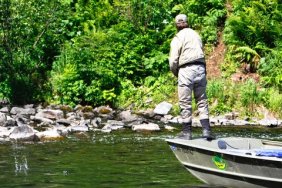Summer is a time when smallmouth bass are tough to locate. They seem to be moving all the time, but if you take the time to learn their patterns you can catch more smallmouths this summer.
The movements of smallmouths during the summer are not random – all though it may seem like it sometimes. They are searching for a few key elements and if you can find them, you will find the smallmouths.
Temperature
Unlike their cousin the largemouth, smallmouth bass are not tolerant of excessive heat, so when the water temperature starts to rise during the summer months, smallmouths go in search of more tolerable temperatures.
The smallmouth’s ideal temperature range is from 65 to 73 degrees, which is downright cool for many bodies of water during the summer. In order to find this temperature range, the fish most commonly move to deeper water. In some cases this can be 20, 30 or 40 feet.
Anglers have to do their homework to find the right temperature range, however temperature is just the first step. During the summer months it is common for smallmouths to spend their days in deep water, but as temperatures drop after the sun goes down, they will move into shallow water to feed.
This means anglers should look for deep water near shallow water structure, such as points, rocky areas, sunken islands or the mouth of a creek or stream. During the day, fish the deep water and at night fish the shallow water.
Sticking together
During the summer months, smallmouth bass tend to congregate as they seek out ideal temperature and food. This is good news for anglers, because if you find one smallmouth during the summer, you are likely to find others in the same location.
Unlike largemouth bass, which like to ambush their prey by lying in wait for food to come to them, smallmouth bass tend to be cruisers. In other words, they most often swim around looking for food, and in the summer that means they move as a group searching for food.
Summer foods
Smallmouth bass are not picky eaters, which means they will eat pretty much whatever is available at the moment. This could be crayfish, baitfish, insects, leeches or any other food that might be present.
Because smallmouths will eat just about anything, they tend to not focus on a single source of food when they are feeding. This is a great benefit to anglers, because it means you do not have to match your bait to the food they are eating. If you offer them a bait that looks enticing, they are likely to go after it.
Although smallmouth bass will eat just about anything, it is important to note that they love crayfish. So it is often beneficial to start with a crayfish imitation during the summer; then try other baits if that does not work.
Some of the other top baits for summer smallmouths include crankbaits, worms, spinner baits and jigs.
Photo credit: Flickr CC
Fish gallery
-
Fishing Files
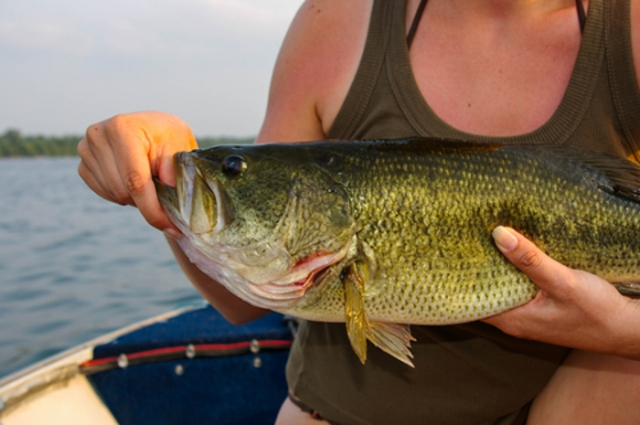
-
Striped Bass
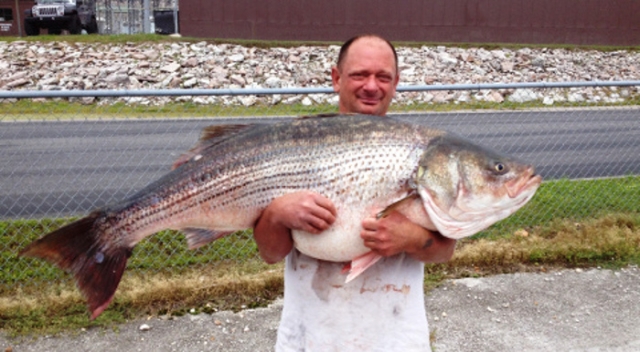
-
Fishing Files

-
Smallmouth Bass
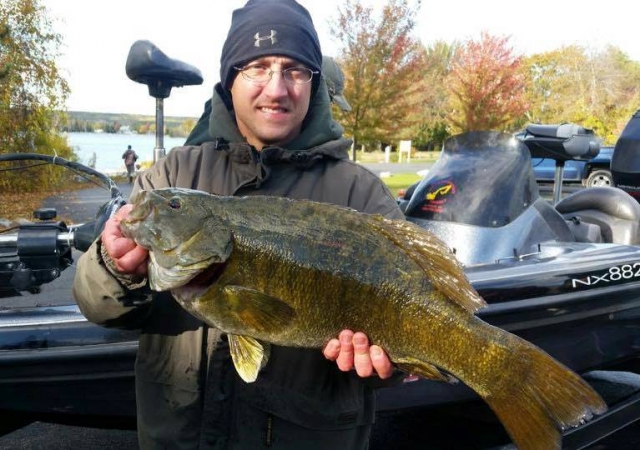
-
Fishing Files
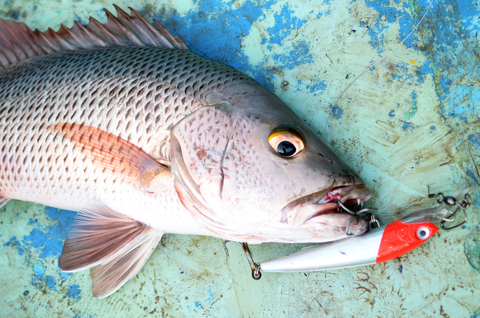
-
Fishing Files
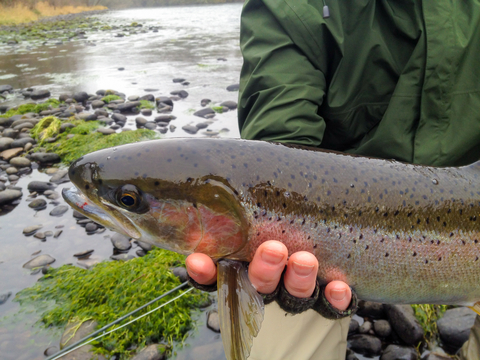
-
Largemouth Bass
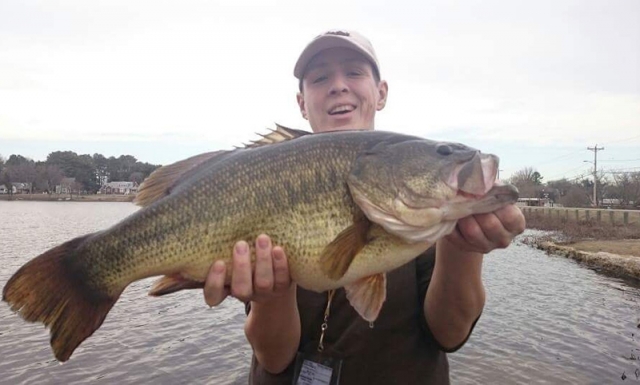
-
Fish fail in Russia
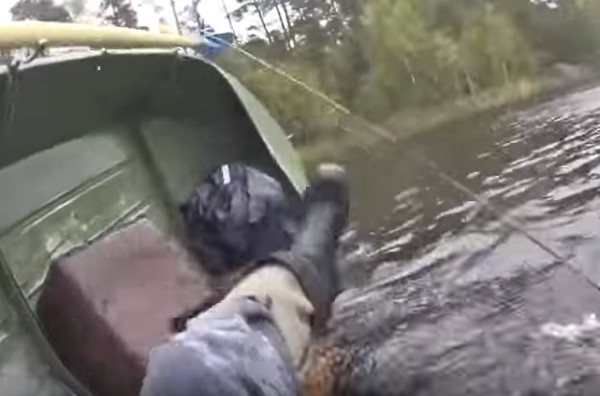
-
Bait fish
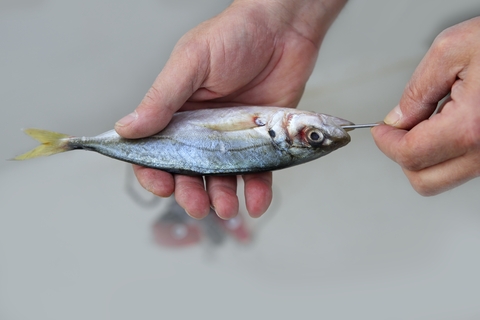
-
Fishing the weeds
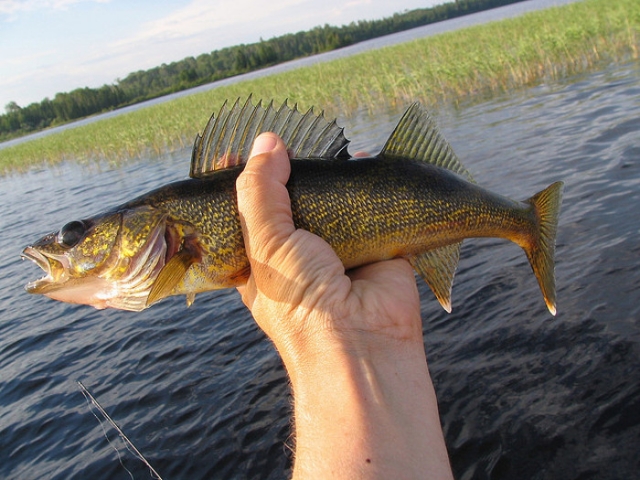
-
Fishing Waders
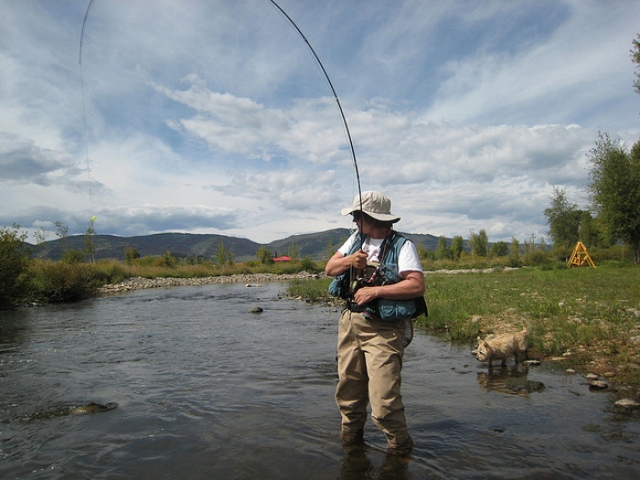
-
Old Man Fishing
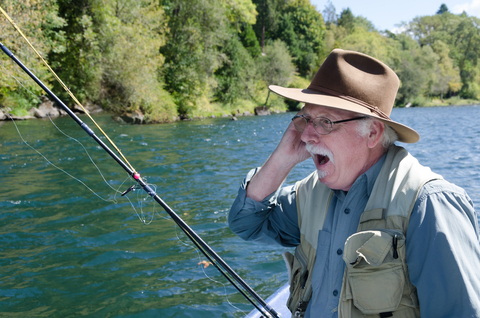
-
Fishing
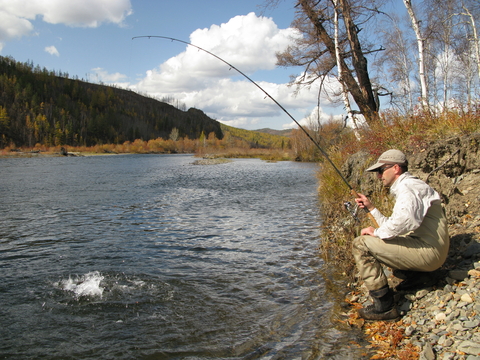
-
City Fishing
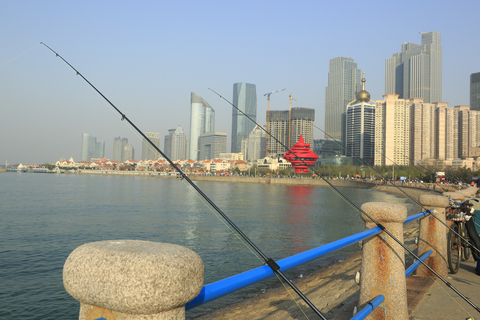
-
Fishing the cold
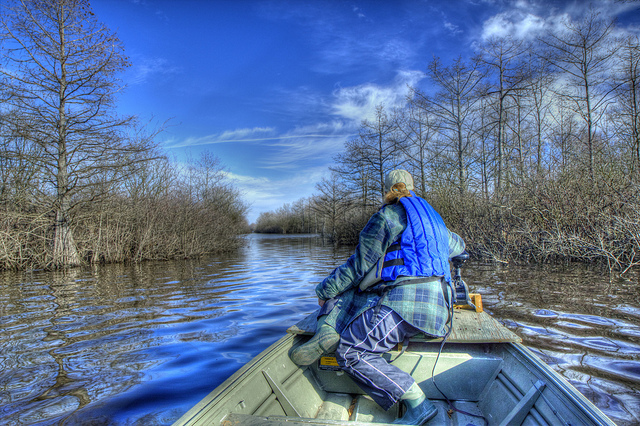
-
Fishing sunset
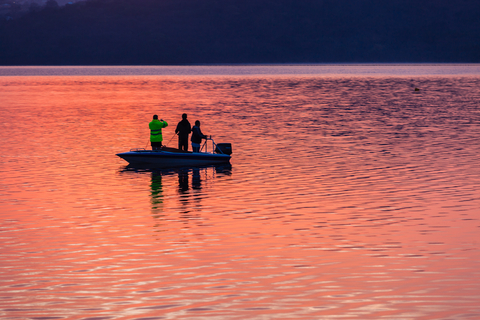
-
Bank fishing
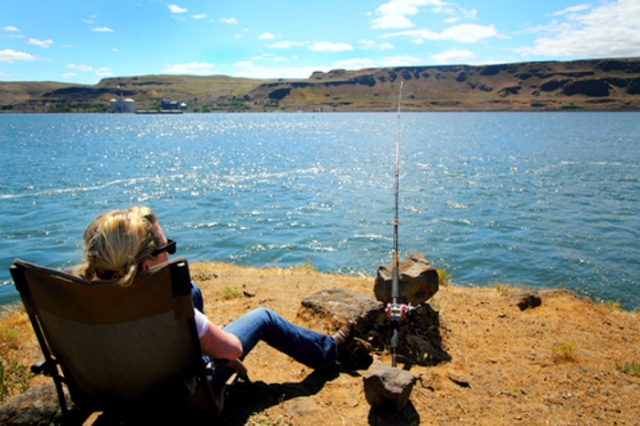
-
Day glow fishing boat
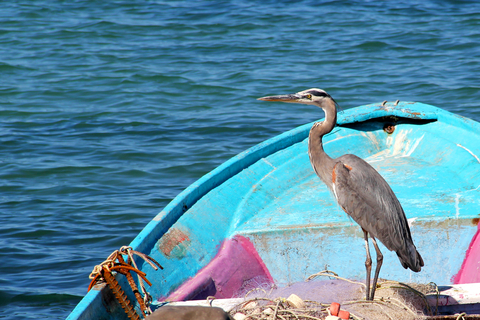
-
Fishing Pro
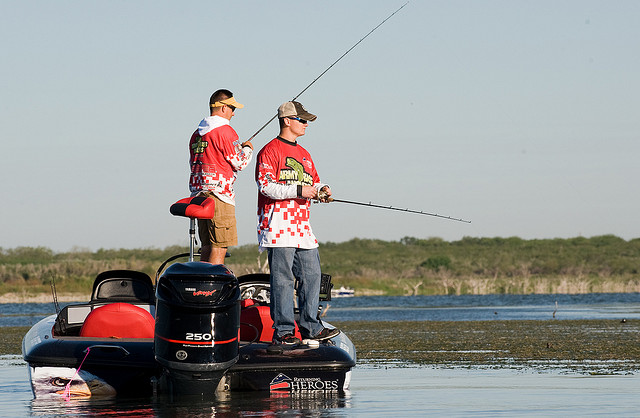
-
Fishing
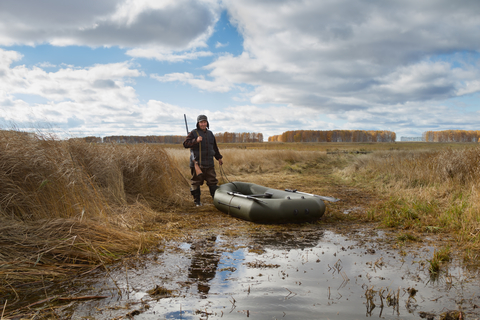
-
Fly fishing
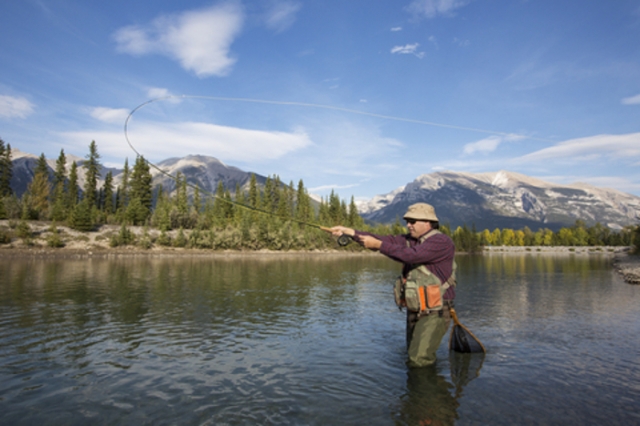
-
Fishing Files
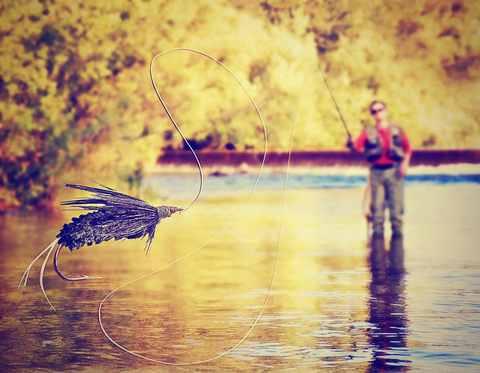
-
Fishing Files
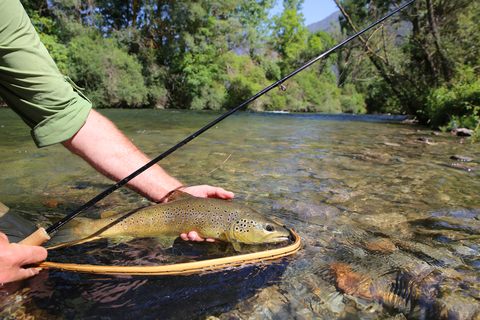
-
Fly reel
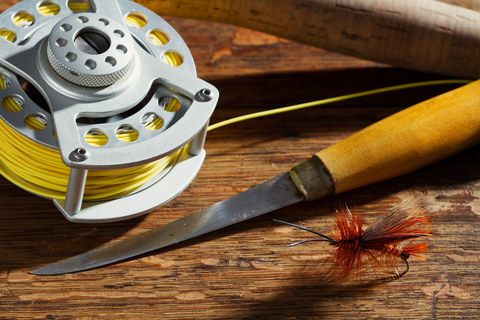
-
Gar Fish

-
Golden Trout
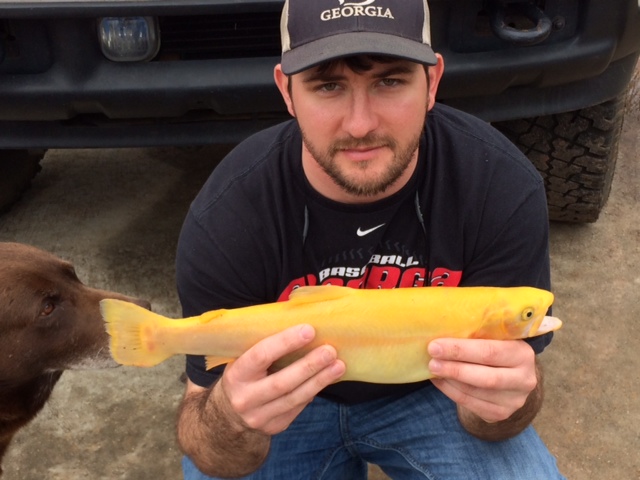
-
Ice Auger
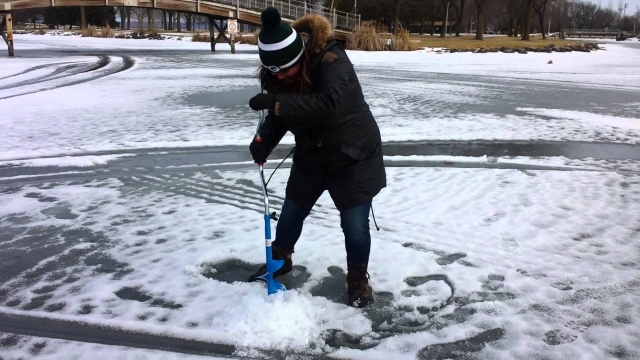
-
Ice Fishing
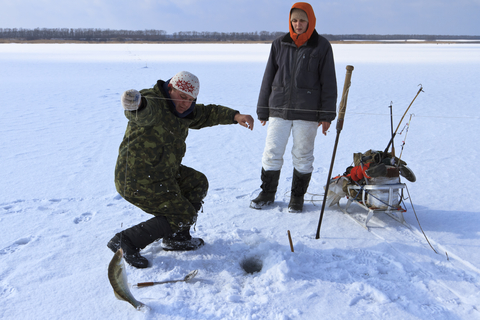
-
Halibut
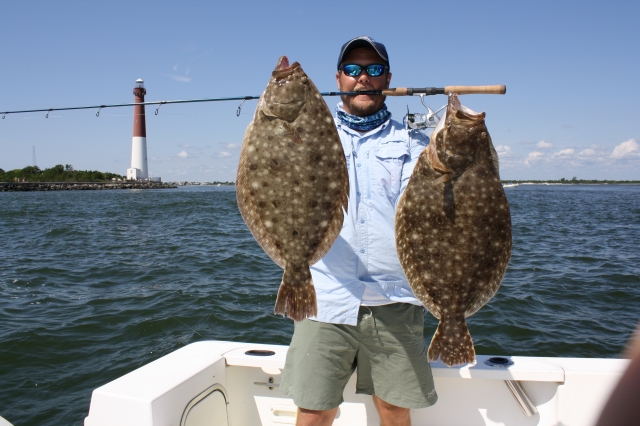
-
Bass Fish
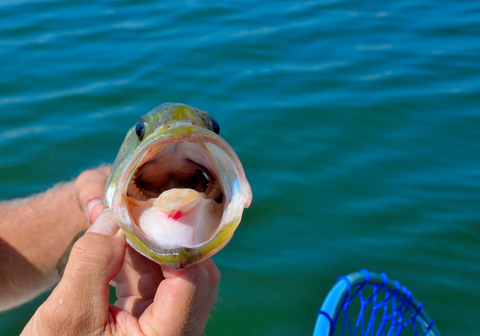
-
Lobster Dog
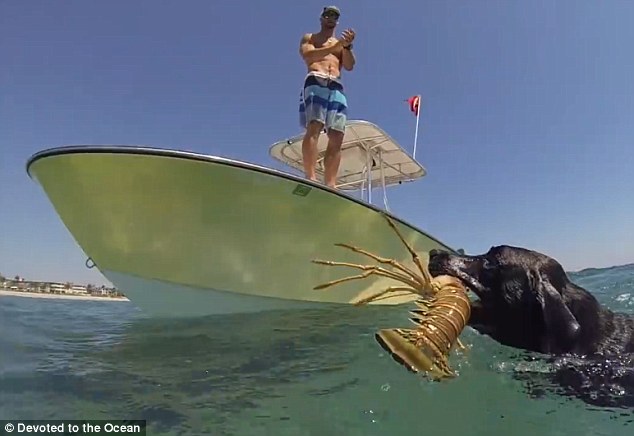
-
Marlin Fishing
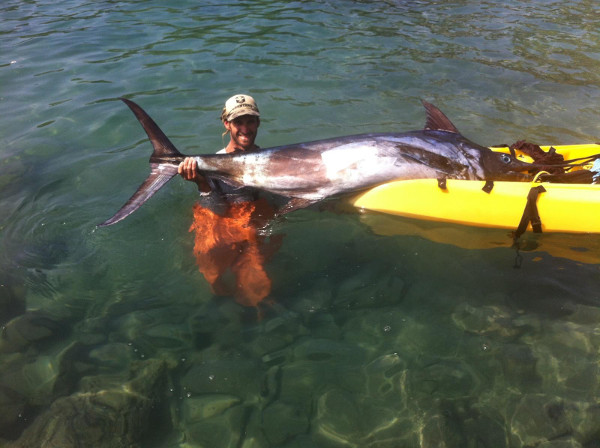
-
Muskie
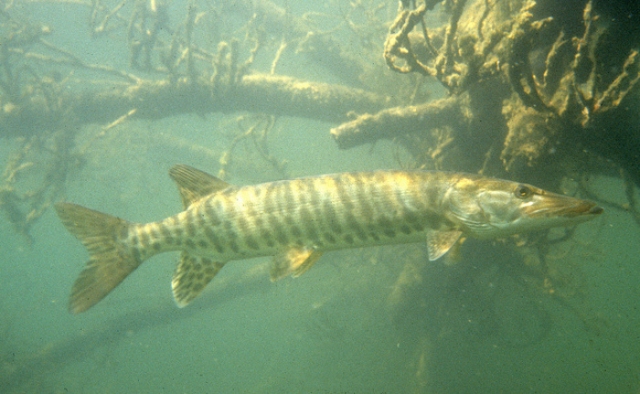
-
Fishing Files
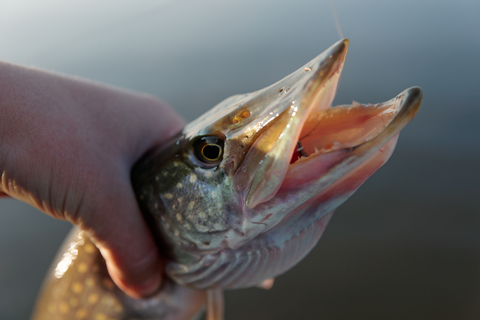
-
Nymph

-
Oarfish
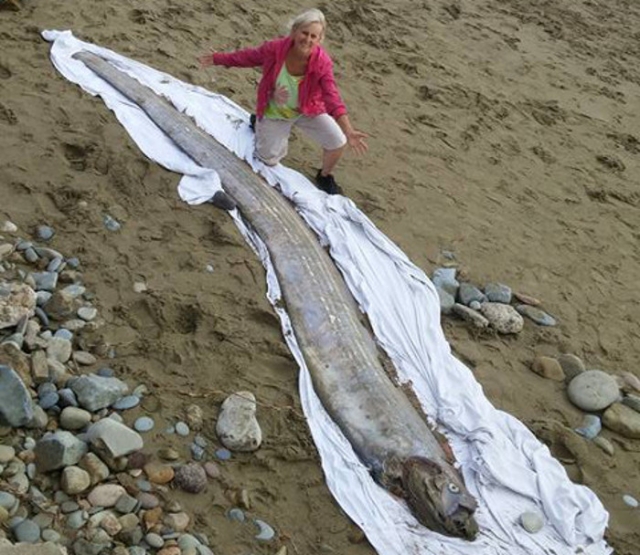
-
Obama Fishing
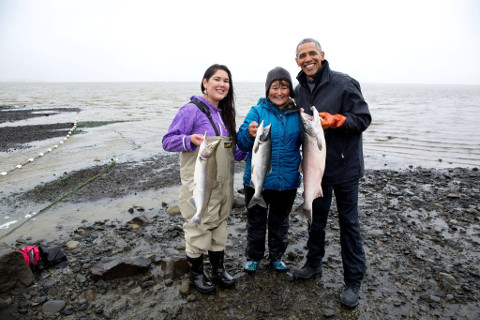
-
Panfish
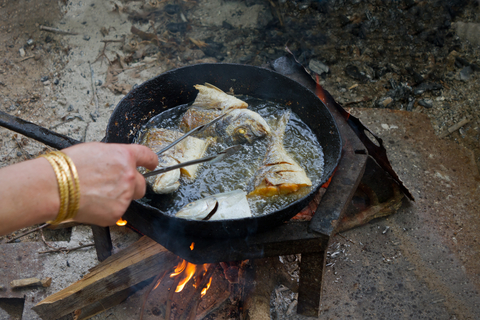
-
Pelican

-
Fishing Files
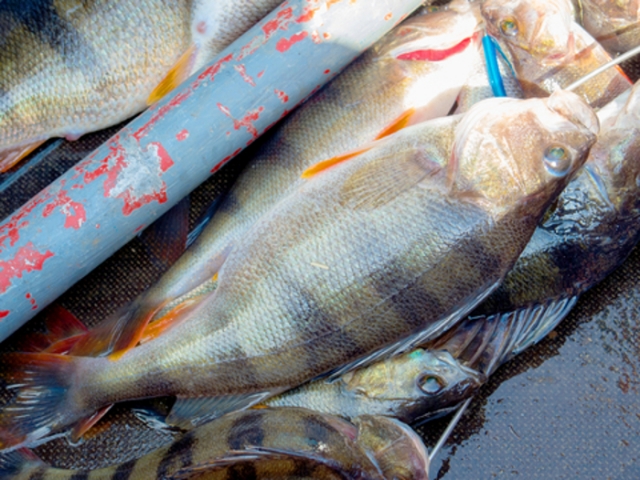
-
Fishing Files
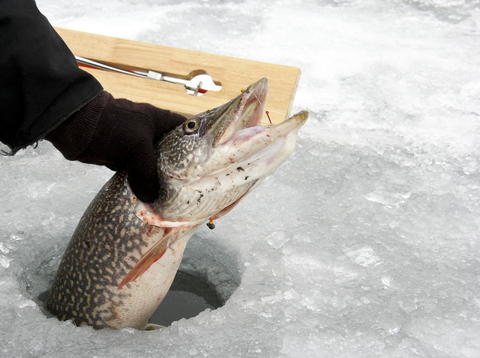
-
Fishing Files
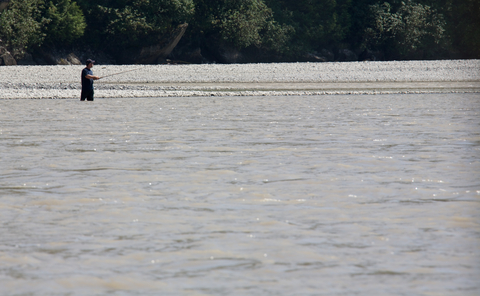
-
Fishing Files
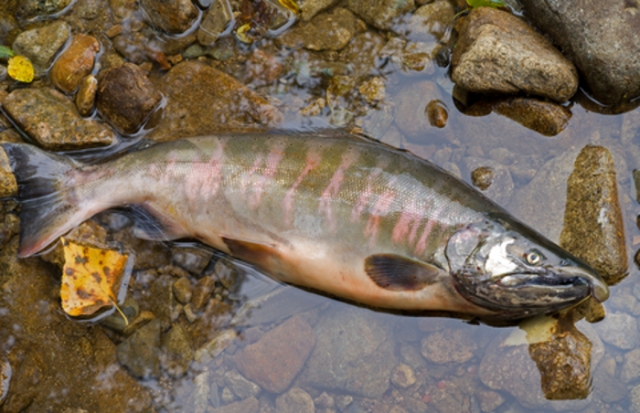
-
Fishing Files
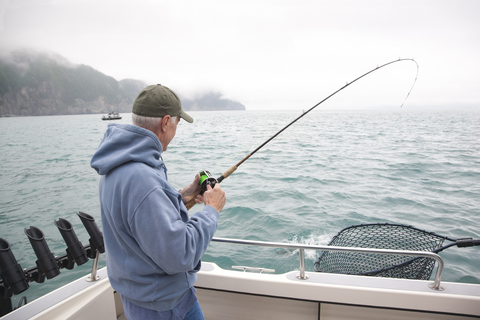
-
Fishing Files
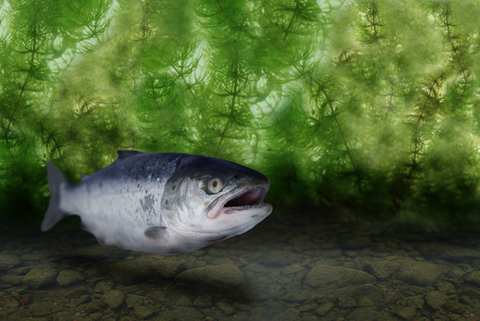
-
Fishing Files

-
Fishing Files
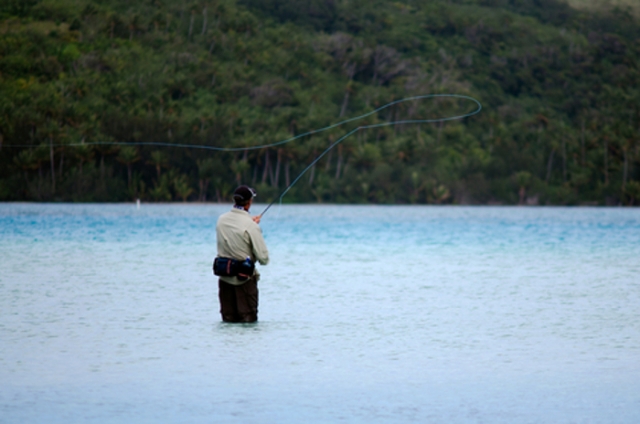
-
Fishing Files
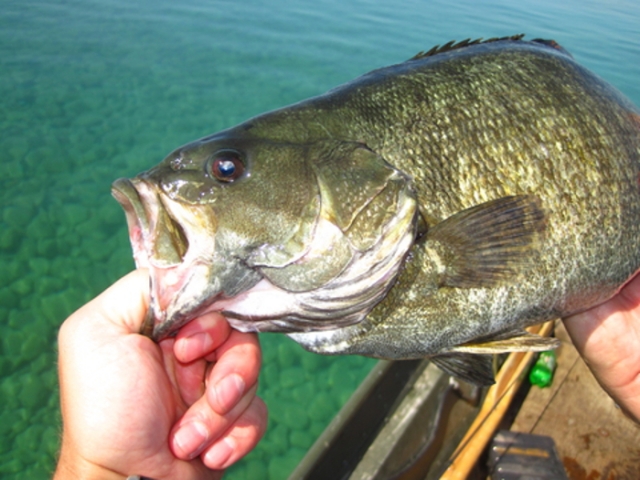
-
Snakehead
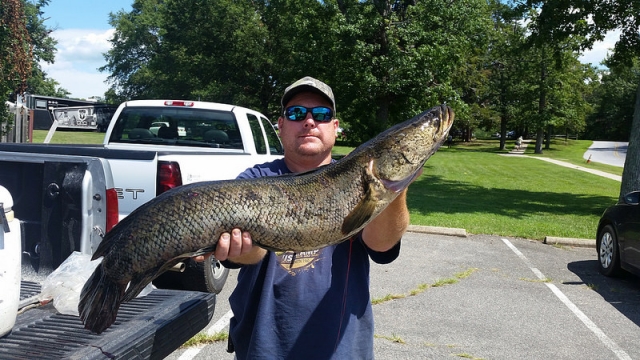
-
Spinner Shark
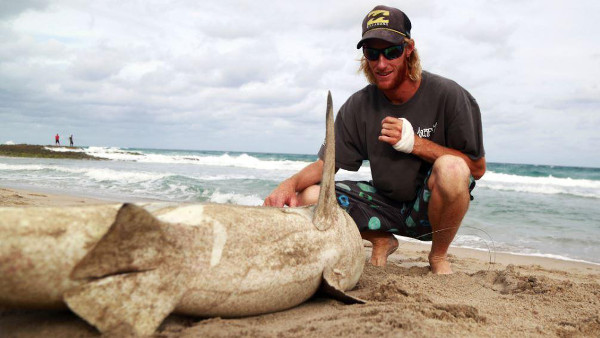
-
Spotted Bass
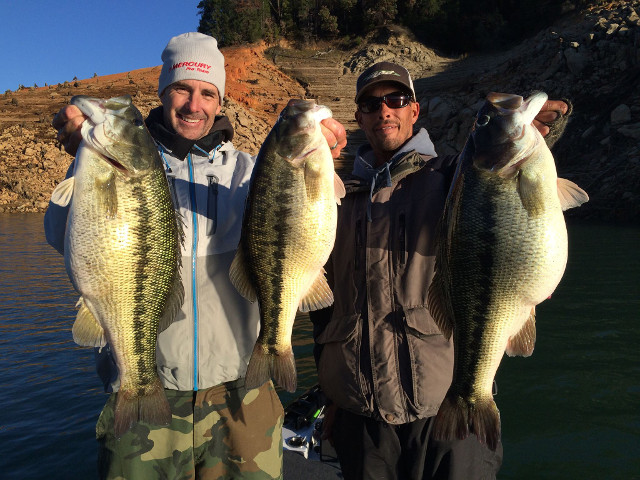
-
Striped Bass
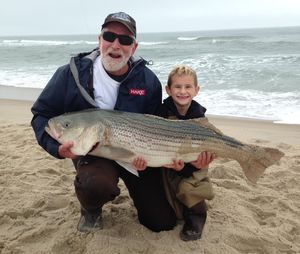
-
Sturgeon

-
Fishing Files
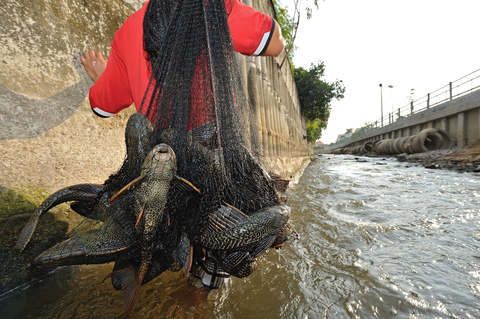
-
Trout Fishing
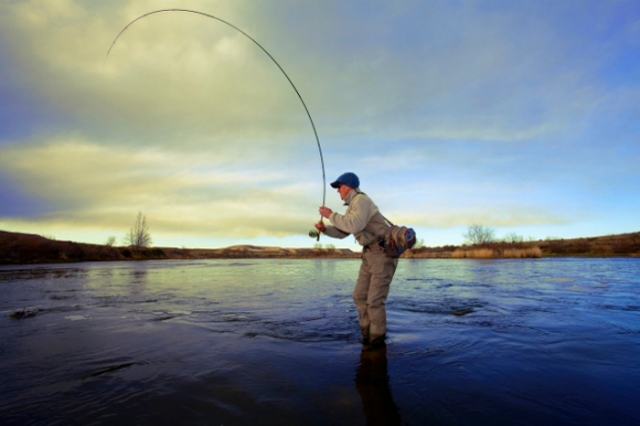
-
Fishing Files
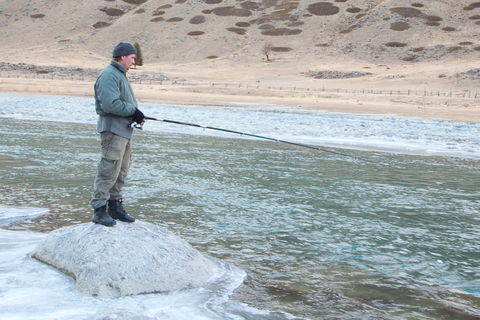
-
Fishing Files
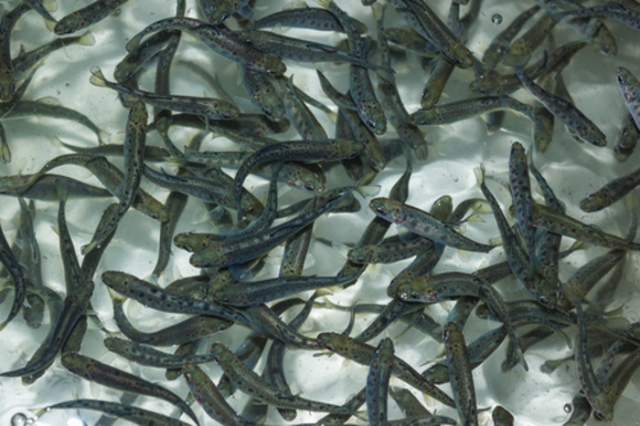
-
Fishing Files

-
Fishing Files

-
Northern Pike

-
School of Karanteen
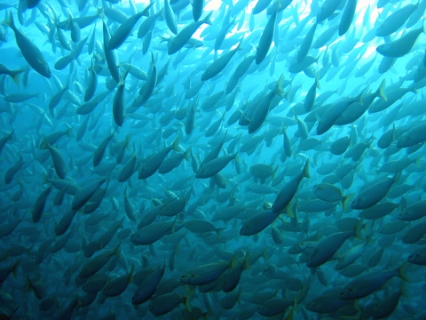
-
Walleye
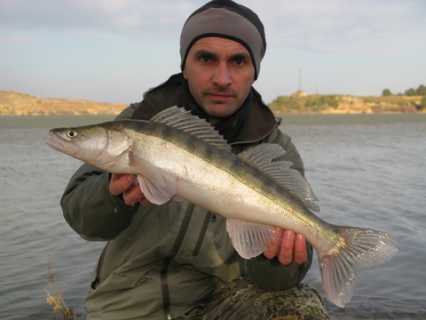
-
Goliath Grouper

-
Barracuda

-
European Chub
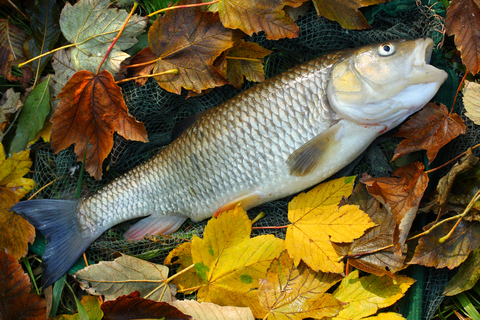
-
Drum Fish
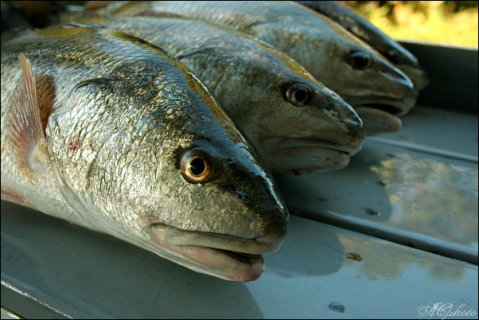
-
Grouper
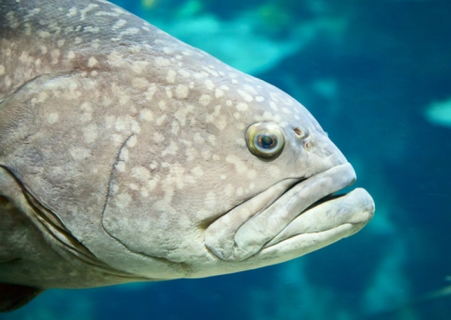
-
Blue Catfish

-
Catfish
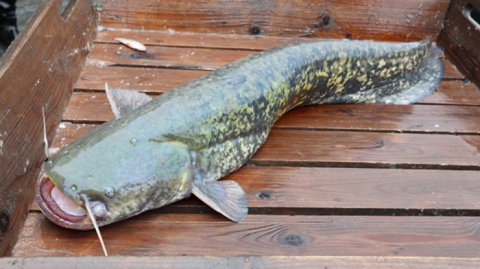
-
Star Puffer Fish
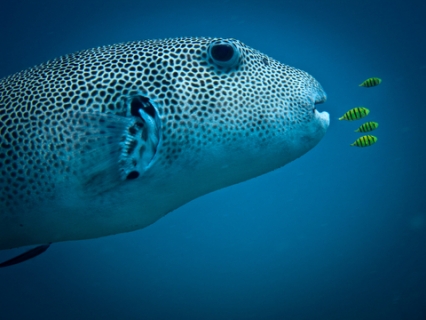
-
Napoleon Fish
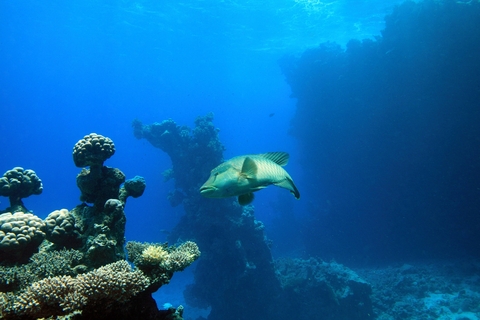
-
Smoked Trout
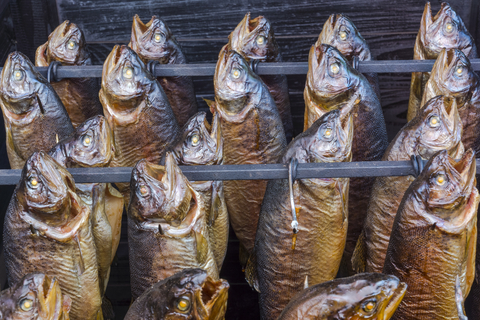
-
Perch

-
Smallmouth Bass
